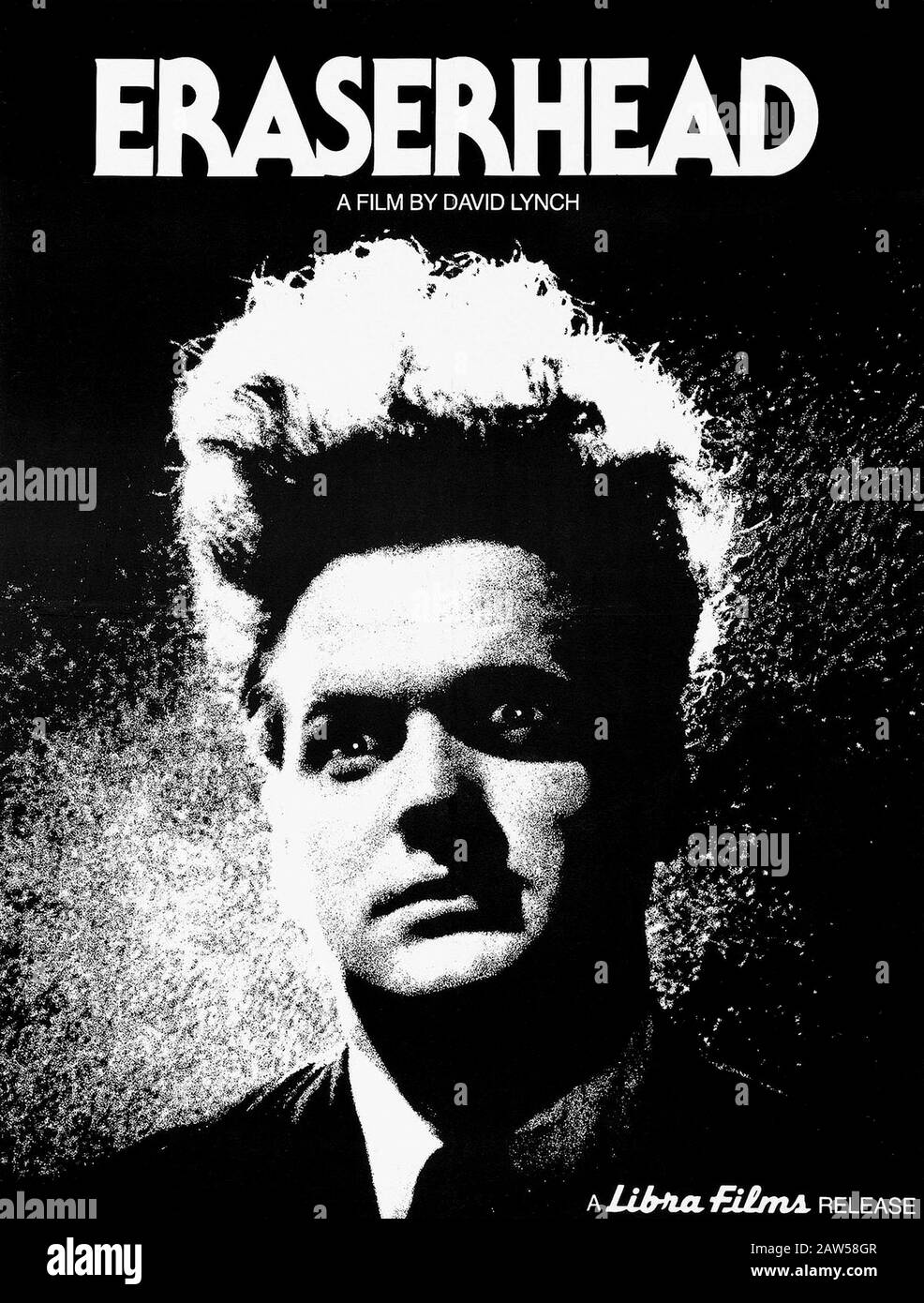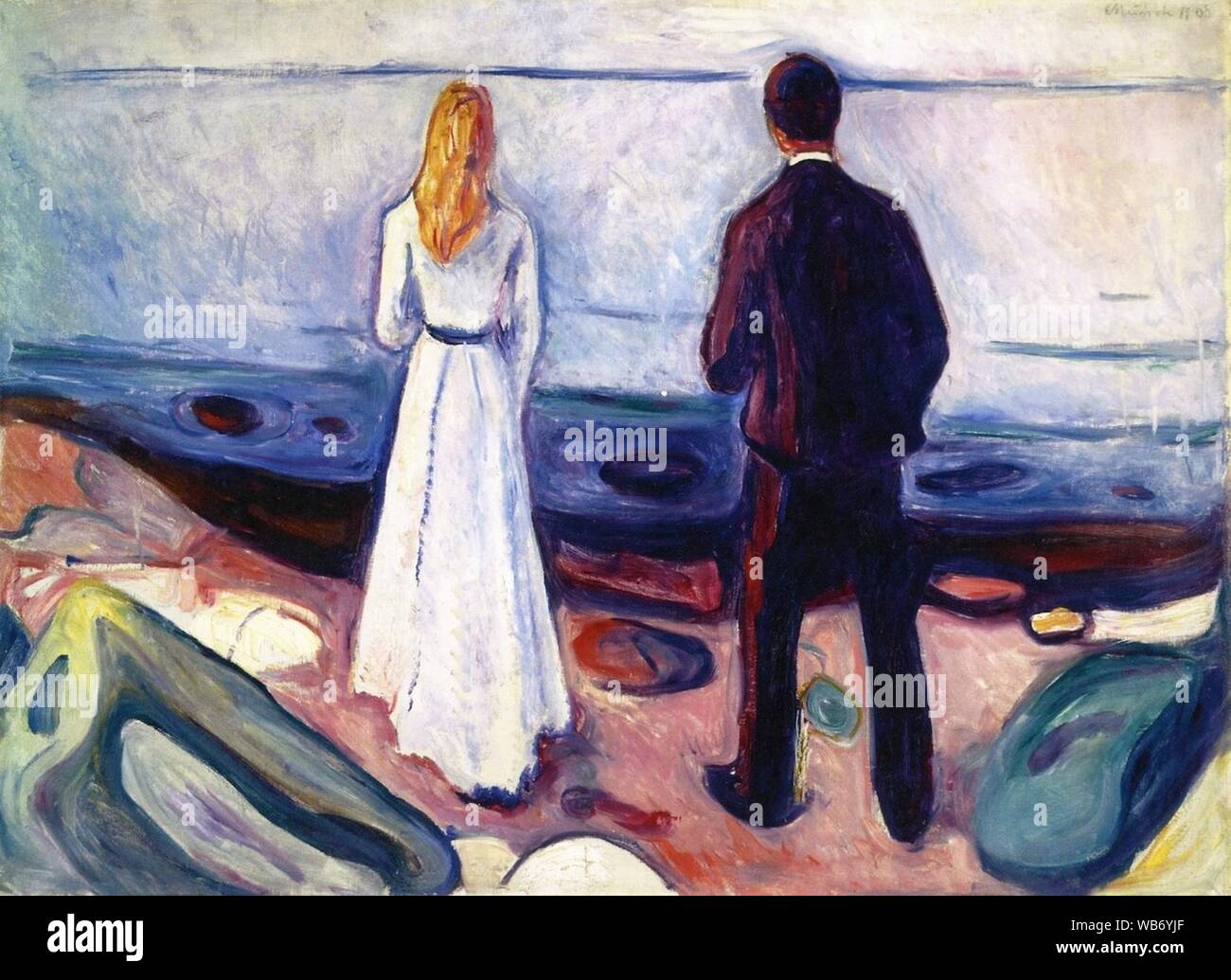David Lynch cinema is a captivating blend of the bizarre and the familiar, an experience that leaves viewers simultaneously intrigued and unsettled. With groundbreaking works like “Blue Velvet” and the cult classic television series “Twin Peaks,” Lynch’s films dive deep into the enigmatic undercurrents of American life, showcasing his signature Lynchian style. Critics and audiences alike have often engaged in “Twin Peaks analysis” to decode the layers of mystery and surrealism that he embraces. Furthermore, films like “Eraserhead” underscore the significance of visual storytelling in disrupting traditional narrative structures, paving the way for future filmmakers. As we explore Lynch’s legacy, it’s clear that his distinctive voice in cinema has cemented his status as a provocative and transformative figure in the film industry.
The cinematic art of David Lynch, known for its unique ability to evoke both discomfort and fascination, has profoundly impacted the way we perceive storytelling in film. His works, emblematic of the “Lynchian” aesthetic, often blend elements of the surreal with everyday experiences, challenging norms and audience expectations. By delving into themes of duality, as depicted in films like “Blue Velvet” and through the iconic town in “Twin Peaks,” Lynch crafts narratives that resonate on multiple levels. This analysis of his films not only invites viewers to confront their own interpretations but also to appreciate the surreal nuances that define his storytelling approach. Such contributions have made Lynch a pivotal figure in the evolution of cinematic language, leaving a legacy that inspires countless filmmakers today.
The Legacy of David Lynch and His Cinematic Language
David Lynch’s cinematic language is often described as ‘familiar yet strange,’ an apt encapsulation of his approach to storytelling. From the surreal angst of ‘Eraserhead’ to the dreamlike complexity of ‘Mulholland Drive,’ Lynch’s films challenge conventional narrative forms and immerse audiences in the uncanny. His ability to weave together the familiar aspects of daily life with deeply unsettling themes allows viewers to explore the dual nature of existence, echoing Freud’s idea of the uncanny. This uniqueness not only captivates veteran film enthusiasts but also draws in younger generations, creating a cross-generational appeal that is rare in cinema.
The legacy of Lynch extends beyond his films; it is ingrained in the vocabulary of cinema itself. The term ‘Lynchian’ signifies a distinctive style that blends noir elements, surrealism, and psychological depth, influencing countless filmmakers. As audiences engage with his work, they find themselves revisiting the intricate layers of his narratives, prompting analyses of themes such as duality, identity, and desire. Films like ‘Blue Velvet’ unfold a chilling portrait of Americana, revealing the dark undercurrents that often lurk beneath the surface, leaving an indelible mark on the film world.
Exploring the Lynchian Style in Cinema
The ‘Lynchian’ style is characterized by a blend of distinctive aesthetics and thematic depth, manifesting across his most notable works. This style is evident in the way Lynch employs dream logic, allowing scenes to flow seamlessly into one another, creating an otherworldly atmosphere that challenges viewers’ perceptions of reality. Notable in ‘Twin Peaks’ and ‘Blue Velvet’, this approach invites the audience to navigate through layers of meaning, often pushing the boundaries of traditional storytelling. Lynch’s fusion of exquisite visuals with chilling narratives creates a rich tapestry that is both haunting and beautiful, setting him apart from his contemporaries.
Furthermore, Lynch’s use of sound design and atmospheric score creates an immersive experience that enhances the Lynchian aesthetic. Sounds blend with visuals to amplify discomfort, drawing viewers deeper into the absorbing worlds he crafts. Whether it’s the unsettling hum in ‘Eraserhead’ or the evocative musical motifs in ‘Twin Peaks’, sound is not just an accompaniment but a fundamental element of Lynch’s storytelling. This distinctive use of audio-visual synergy makes his films a seminal part of cinema studies, inviting deeper exploration of his techniques and their emotional impact.
A Critical Analysis of Twin Peaks
‘Twin Peaks’ stands out as a monumental achievement in television history, renowned for its complex narrative and eerie ambiance. By juxtaposing the idyllic small-town setting with bizarre and inexplicable events, Lynch creates a surreal tapestry that keeps audiences captivated. The series intricately weaves elements of mystery, drama, and surrealism, challenging viewers to interpret its many threads. Critics often emphasize the show’s groundbreaking narrative approach, which paved the way for subsequent television dramas that sought to blend cinematic techniques with serialized storytelling.
In viewing ‘Twin Peaks’ as both a mystery and a psychoanalytical journey, one can appreciate Lynch’s acute sensitivity to human emotions and motivations. The character of Agent Cooper embodies the conflict between the ordinary and the extraordinary, highlighting themes of duality and hidden identities. As narratives unfold, Lynch delves into the psyche of his characters, revealing their profound and often disturbing inner struggles. This rich character exposition contributes to the series’ cult status, inviting ongoing discussions on its impact on the television landscape and its legacy within the Lynchian canon.
Blue Velvet: A Critique of American Illusion
In ‘Blue Velvet’, Lynch unearths the dark realities that lurk beneath the surface of middle-class America. Through the lens of a seemingly pristine suburban town, Lynch critiques the illusions of American idealism, allowing viewers to glimpse the terrifying forces at play hidden in plain sight. The juxtaposition of innocence and depravity in characters like Jeffrey and Dorothy creates a compelling narrative that explores the complexities of human desire and morality. This thematic dichotomy resonates with contemporary societal issues, further enhancing the film’s relevance.
Critics have often noted the film’s bold portrayal of violence and psychosexual themes, which were groundbreaking at the time of its release and continue to provoke thought today. Lynch’s unapologetic depiction of these compelling themes encourages viewers to confront their own ethical beliefs and societal norms. The cinematic language employed in ‘Blue Velvet’ challenges audiences to reconcile their perceptions of beauty and horror, a testament to Lynch’s skill at embracing unsettling truths while delivering a rich, multilayered narrative that leaves a lasting impression.
The Significance of Eraserhead in Lynch’s Career
Lynch’s debut feature, ‘Eraserhead,’ is often hailed as a defining work in experimental cinema. Its surreal imagery, haunting score, and intensive atmosphere create a disorienting experience, marking Lynch’s foray into exploring themes of anxiety, creation, and existential dread. The film’s unyielding focus on the anxiety of fatherhood and industrial strife serves as metaphorical commentary on the human condition, making it a multifaceted piece that invites extensive analysis. Audiences are captivated by the psychological complexity woven into the fabric of its narrative, reflecting Lynch’s artistic exploration into fear and surrealism.
Beyond its narrative content, the film’s innovative visual style helped solidify Lynch’s reputation as a pioneer of dream-like storytelling. The oppressive soundscape and striking black-and-white visuals serve to amplify the sense of unease and disconnection prevalent throughout the film. This unique approach established a benchmark for future works and contributed to the development of the Lynchian style, one which would continue to evolve with subsequent films. ‘Eraserhead’ is not only significant for its content but also for its durability in the dialogue of cinema, marking Lynch as a visionary whose work transcends conventional boundaries.
Understanding the Cultural Impact of David Lynch
David Lynch’s films have had a profound cultural impact, influencing both filmmakers and audiences around the world. His innovative storytelling techniques and unique visual style have become benchmarks for originality in cinema. Works like ‘Blue Velvet’ and ‘Mulholland Drive’ have inspired a generation of filmmakers to push the boundaries of narrative and visual language, demonstrating that cinema can be more than just entertainment; it can provoke thought and challenge societal norms. Lynch’s ability to delve deep into the human psyche resonates with audiences, encouraging them to question their perspectives and experiences.
Moreover, Lynch’s influence spans beyond the realm of film; his artistic explorations have permeated various forms of art, including music, literature, and visual media. Artists and writers often draw from the obsessions, imagery, and motifs prevalent in his work, integrating the ‘Lynchian’ aesthetic into their creations. This cross-media significance speaks volumes about Lynch’s creative legacy, allowing his exploration of complex themes and narratives to continue to inspire those seeking to challenge the status quo in artistic expression.
David Lynch’s Exploration of American Identity
At the heart of Lynch’s films lies a profound exploration of American identity, often juxtaposing idyllic settings with deeply unsettling narratives. His focus on small-town America, particularly evident in works like ‘Twin Peaks’ and ‘Blue Velvet,’ allows him to critique the mythos of the American Dream. Lynch draws attention to the underlying social issues, revealing how the façade of tranquility masks deeper psychological and societal tensions. This thematic exploration encourages viewers to grapple with the complexities of their own identities and the cultural narratives that shape them.
Through his characters, Lynch presents a multifaceted view of Americana by exploring themes such as longing, alienation, and the struggle for authenticity. His portrayals often reflect a sense of dislocation, prompting audiences to consider their place within the broader American landscape. By delving into the contradictions that define American life, Lynch invites an ongoing dialogue regarding cultural identity, the disintegration of traditional values, and the quest for meaning in a rapidly changing world. His cinematic lens not only critiques but also reflects the intricacies of human experience within the complex fabric of American society.
Reassessing Lynch’s Contribution to Modern Cinema
As film scholars and audiences continue to engage with Lynch’s oeuvre, the significance of his contributions to modern cinema becomes increasingly clear. His innovative techniques, characterized by the blend of linear and non-linear storytelling, have paved the way for a contemporary cinematic language that defies conventional understanding. Lynch’s films often challenge the viewer to question not only the narrative but also their emotional responses, creating an atmosphere of introspection and dialogue that is essential in today’s film landscape.
Lynch’s willingness to embrace ambiguity in storytelling invites diverse interpretations, allowing each viewing experience to be unique. As audiences delve into the nuances of his films, dialogues surrounding their meanings open up broader discussions about art, cinema, and culture. This evolving analysis is a testament to Lynch’s undying influence and relevance in the modern context, encouraging both academic and casual discussions about the roles of film as an artistic medium. By reassessing his work, we further recognize Lynch’s unparalleled craftsmanship and the profound impact he has made on the art of storytelling in cinema.
The Enduring Mystery of David Lynch’s Films
One of the hallmarks of David Lynch’s films is their enigmatic nature, leaving audiences with feelings of curiosity and intrigue long after the credits roll. Lynch’s ability to weave complex narratives often results in a multitude of interpretations, which can either frustrate or fascinate viewers. This characteristic is particularly evident in films like ‘Mulholland Drive,’ where the boundaries of reality and illusion overlap, prompting viewers to question their understanding of the narrative. Through intentional ambiguity, Lynch allows for a deeper engagement with his work, making it the subject of ongoing analysis and debate.
The mystery surrounding Lynch’s storytelling is akin to a labyrinth, where each turn reveals another layer of meaning. His subtle use of symbolism, paired with his distinct visual style, invites audiences to delve deeper into their emotional responses and personal connections to the film. As viewers grapple with the intricacies and outcomes of Lynch’s narratives, they are encouraged to reflect on their own lives and beliefs. This profundity ensures that Lynch’s films remain relevant, continually sparking discourse and fascination within both the film community and the general public.
Frequently Asked Questions
What is the significance of David Lynch cinema in contemporary film?
David Lynch cinema, known for its distinct ‘Lynchian style,’ blends elements of surrealism and psychological depth, making it highly significant in contemporary film. His movies, such as ‘Blue Velvet’ and ‘Mulholland Drive,’ challenge traditional narratives and engage with themes of darkness within everyday life, influencing directors and shaping modern cinematic language.
How does the Lynchian style manifest in David Lynch films?
The Lynchian style is characterized by its dreamlike aesthetics, unsettling narratives, and juxtaposition of beauty and horror. Films like ‘Eraserhead’ and ‘Twin Peaks’ showcase this style through atmospheric visuals and complex sound design, creating an immersive experience that captivates and disturbs audiences.
What themes are explored in ‘Twin Peaks’ analysis?
In ‘Twin Peaks’ analysis, key themes include duality, the nature of evil, and the intersection of reality and dreams. Lynch’s exploration of small-town Americana, layered with dark secrets and surreal occurrences, invites viewers to dissect the complexity of human behavior and the hidden darkness lurking beneath the surface.
What makes ‘Blue Velvet’ a pivotal film in David Lynch’s career?
‘Blue Velvet’ is pivotal in David Lynch’s career for its daring exploration of the American underbelly. The film merges seemingly idyllic suburban settings with graphic violence and psychological intensity, epitomizing Lynch’s ability to juxtapose beauty with horror, further establishing his influential cinematic voice.
Why is ‘Eraserhead’ often analyzed for its significance in David Lynch cinema?
‘Eraserhead’ is often analyzed for its avant-garde approach and exploration of themes like fear, isolation, and fatherhood. Its surreal imagery and haunting sound design lay the groundwork for Lynch’s later works, making it a critical study point for understanding his unique narrative techniques and aesthetics.
How did David Lynch influence the television landscape with ‘Twin Peaks’?
David Lynch revolutionized the television landscape with ‘Twin Peaks’ by merging cinematic techniques with episodic storytelling, bringing a new level of complexity to TV narratives. His blending of mystery, drama, and surrealism helped elevate television’s artistic credibility, paving the way for future series.
| Key Points | Details |
|---|---|
| David Lynch’s Legacy | Lynch’s death in January 2025 shocked the film world, commemorating his influence through a series of screenings. |
| Cinematic Style | Known for combining the familiar with the strange, his films evoke a range of emotions and thoughts, blending beauty with terror. |
| Audience Impact | His work resonates across generations, captivating both younger and older audiences. Screenings of his films continue to sell out. |
| Influence on Television | Lynch revolutionized narrative complexity in television with ‘Twin Peaks,’ integrating a cinematic approach. |
| Film Selection for HFA | The Harvard Film Archive selected ‘Eraserhead,’ ‘Fire Walk With Me,’ and ‘Wild at Heart’ due to their aesthetic and emotional depth. |
| Cultural Significance | Lynch’s unique style led to the term ‘Lynchian,’ a testament to his distinct and influential cinematic language. |
Summary
David Lynch cinema remains a profound and enigmatic exploration of the human experience, blending the familiar with the surreal. As we reflect on Lynch’s contributions, it becomes clear that his films not only challenge viewers but also invite them into a complex emotional landscape that continues to resonate. His mastery in storytelling and visual artistry solidifies his place as one of the great filmmakers of our time.




